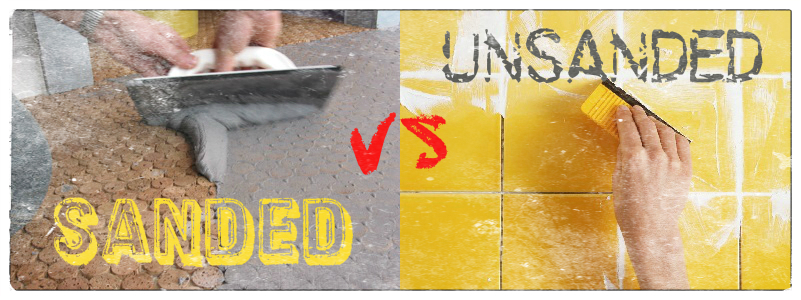 When it comes to a bathroom remodel, we face a lot of questions. What is better: bath or shower? What is the best bathroom sink? What lighting and plumbing fixtures to choose? What to use for walls and flooring?
When it comes to a bathroom remodel, we face a lot of questions. What is better: bath or shower? What is the best bathroom sink? What lighting and plumbing fixtures to choose? What to use for walls and flooring?
If you have chosen tiles to finish the floor and walls of your bathroom, then you will face yet another question: What is the best grout? To answer this question, we need to know more about grout and its types.
Most people become puzzled when they cannot decide which is better – sanded vs unsanded grout. Let’s have a closer look at both types and find out what is the difference between sanded and unsanded grout.
Types of Grout
Grout for tile can be of four types. Depending on its base, it can be epoxy or cement-based. Speaking of its consistency, grout can be sanded or unsanded.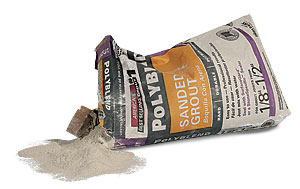
Cement grout is the most traditional type. It has been in use for many years. Thanks to its reliability and affordability, it is still widely used in different building and remodeling projects. However, to make cement grout truly durable, it needs to be fortified with the help of a sealer. To seal it correctly, wait until the grout has dried and cured.
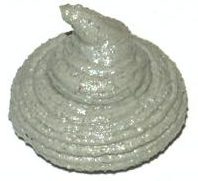 Epoxy grout is a comparatively recent invention on the market of grouts. It is made of epoxy resins combined with a filler powder. Epoxy grout is preferred today by most people who are planning a remodel. It is much more durable than cement grout and does not require any sealing. Epoxy grout resists water, mold, most acids and greases. However, it is slightly costlier than cement grout.
Epoxy grout is a comparatively recent invention on the market of grouts. It is made of epoxy resins combined with a filler powder. Epoxy grout is preferred today by most people who are planning a remodel. It is much more durable than cement grout and does not require any sealing. Epoxy grout resists water, mold, most acids and greases. However, it is slightly costlier than cement grout.
Sanded and unsanded grout has a lot in common. The only difference is the presence or absence of sand in its formula. Sanded grout is more substantial. It does not shrink in the process of drying. Unsanded grout is much gentler as it does not contain any abrasive particles.
Which is Better?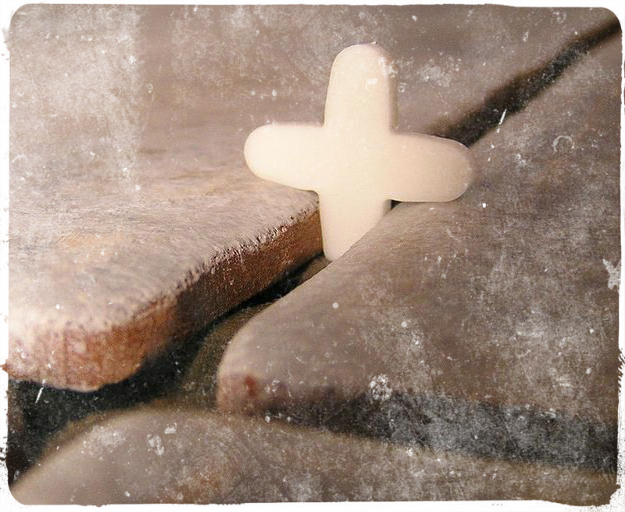
So, which is better – sanded or unsanded grout? The answer is – none is better than the other. Both types are equal in their quality. Your choice should depend on the project at hand.
There is one basic rule – use sanded grout if the tiles are set 1/8 inches apart or more. If the distance between the tiles is narrower, it is better to use unsanded grout. However, there are other nuances you should consider when applying grout to get the best effect.
Unsanded grout is rather sticky, which makes it better for vertical surfaces such as the walls of shower enclosure, bathroom walls, or backsplashes at the sinks. Sanded grouts is a perfect choice for the flooring as it is much tougher. This feature makes it withstand foot traffic better than unsanded grout. You will also need sanded grout if you have decided to tile the floor of the shower rather than use a shower pan.
The choice of the grout should also depend on the material of the tile. If you use ceramic tiles, you can use sanded grout. However, if the tile is made of a gentler material, sand in the formula of the grout might leave scratches. If you choose polished stone or glass tiles, you should use only unsanded grout, as its smooth texture is mild enough for these easily scratched surfaces.
Sanded grout is the best option for creative projects. Compared to unsanded grout, it comes in a much wider range of colors – light and dark, bright and pastel. With sanded grout, you can create a one-of-a-kind design with a unique color palette.
Conclusion
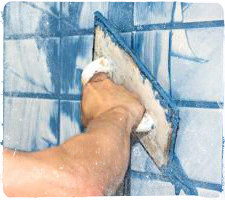 Every type of grout has its advantages. However, the general advice is – use sanded grout whenever and wherever possible. It is much tougher and more durable, meaning it will maintain its looks and properties much longer, allowing you to forget about another remodeling for a decade or so.
Every type of grout has its advantages. However, the general advice is – use sanded grout whenever and wherever possible. It is much tougher and more durable, meaning it will maintain its looks and properties much longer, allowing you to forget about another remodeling for a decade or so.
Although, remember about exceptions when the use of unsanded grout is preferable – if the tiles are made of easily scratched materials or if the distance between them is 1/16 inches.
Now, that you have decided on the type of the grout, you can check out our reviews on the best grout for shower to choose the perfect match for your project. There you will also find reviews on the best caulk for shower that will make your tiling job much neater.





